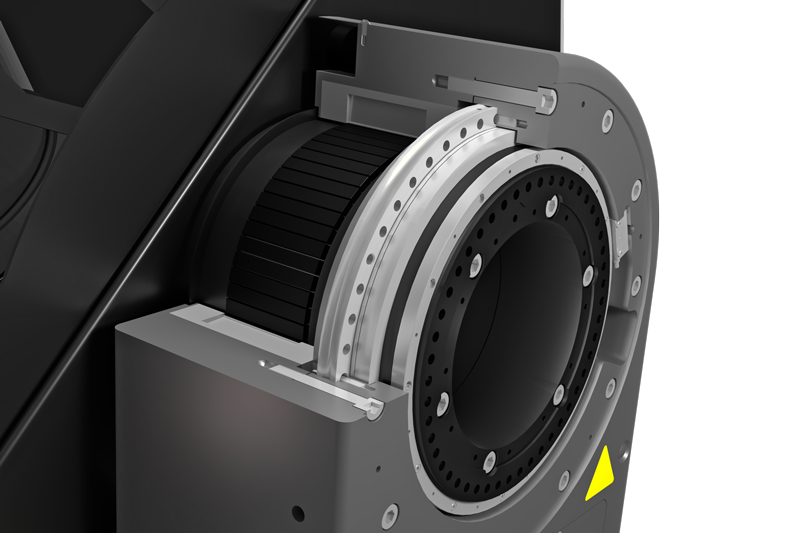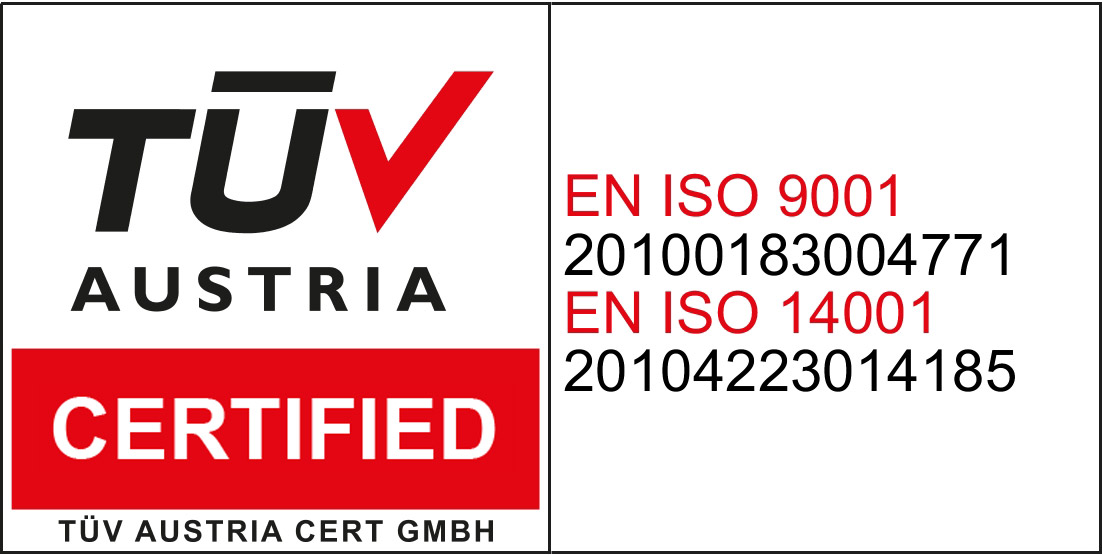No gears NO belts. Precise closed loop control.
In professional astronomy direct drive technology has been used for some years now. We developed our own direct drive controller and motor system. No gears or belts are needed, there is no transmission no periodic error or backlash.
On the picture on the right you can see a completely, in-house CAD- and CNC-manufactured rotor of a direct drive motor for a telescope.

Direct drive means
- Fast acceleration – necessary for satellite tracking
- very stable and stiff
- precise pointing and tracking
- longer life expectancies because there is no wear & tear (since no moving parts)
- low to no-sound operation
- low power consumption
Direct drive means
Increased efficiency:
The power is not wasted in friction (from the belt, chain, etc., and especially, gearboxes).
Reduced noise:
Being a simpler device, a direct-drive mechanism has fewer parts which could vibrate, and the overall noise emission of the system is usually lower.
Longer lifetime:
Having fewer moving parts also means having fewer parts prone to failure
Faster and precise positioning:
High torque and low inertia allows faster positioning with permanent magnet synchronous servo drives.
Drive stiffness:
Mechanical backlash, hysteresis and elasticity is removed by avoiding the use of gearboxes
High torque at low rpm:
All ASA mounts have high precision absolute encoders on all axes.




